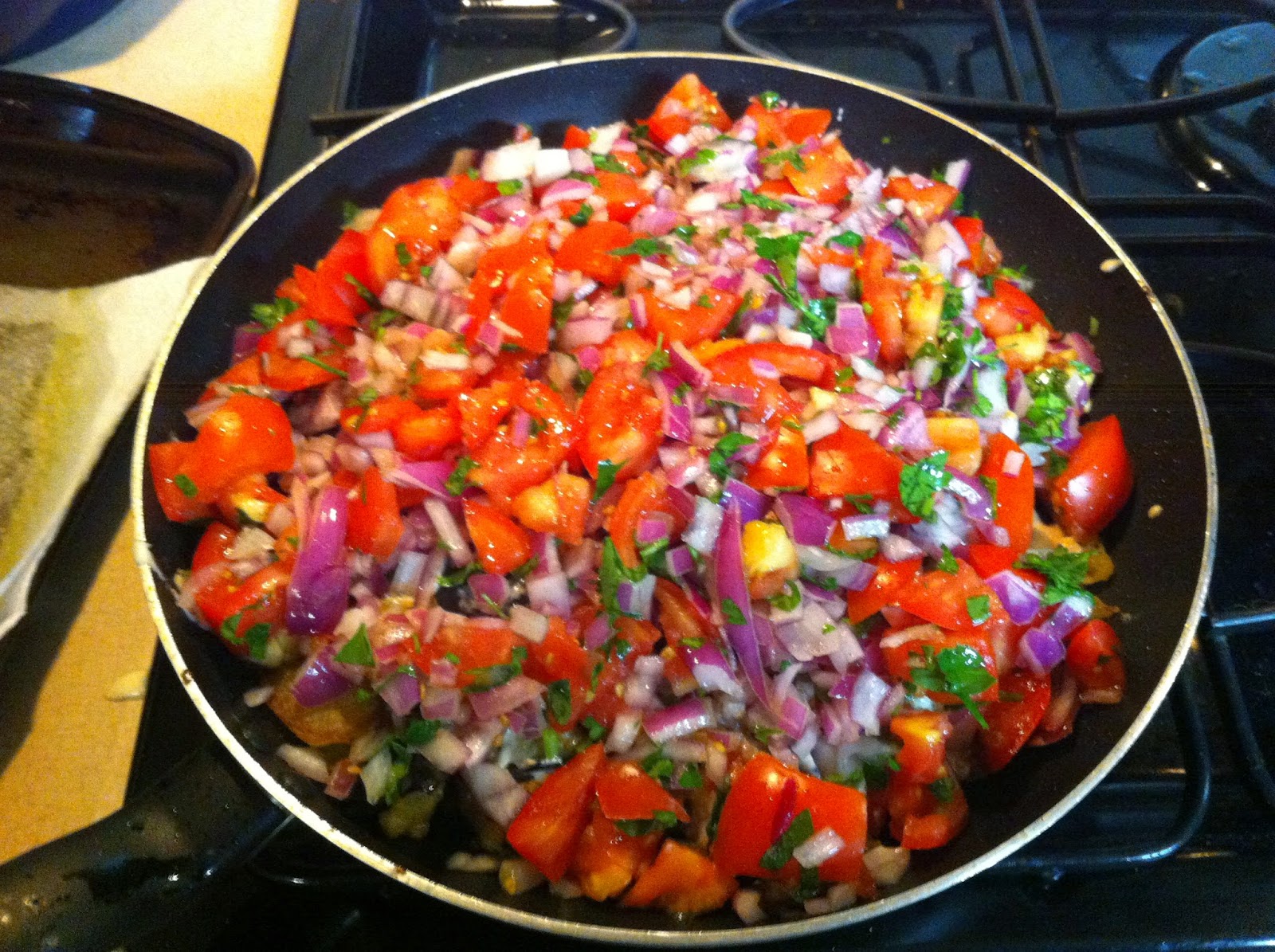Wine Name: Fámega
Wine: Vinho Verde
|
|
Country: Portugal
|
Region: Vinho Verde
|
Rating: Good
|
Price: $9.00
|
Recommendation: Recommended,
especially with summer salads, light seafood and mild cheeses.
|
|
This week we had a simple pasta
dish that my wife makes without following a recipe, We matched it with a Portuguese Vinho Verde, mainly because we were looking
for a light and easy white.
The wine is the called Fámega, and it is a
Vinho Verde from Potugal.
Vinho Verde is a wine that comes
from the cool, wet, lush north west regions of Portugal. The typical terrain is
composed of granite based soil, surrounded by rivers flowing from the
mountainous regions towards the ocean in the east. The name literally translated means “green
wine”, but could also be interpreted as “young wine”. The wine we sampled was a
white, but Vinho Verde’s could also be
red or Rosé. As suggested by the name,
wines from this region are intended to be consumed within one year from
bottling. The grapes used in making this
wine are Avesso, Azal and Pedemá, and all are distinctly local Portuguese
varieties.
 The wine has a
slight earthiness in the initial bouquet, and is a golden color, with a hint of
green. The taste is very sharp, and
fruity at first, but mellows with time. It is almost sparkling in the mouth and
has a pleasant aftertaste. It has tastes of sharp green apple and young lemon
and lime. It is a warm weather wine and would pair well with summer salads, cheesses,
green olives and light seafood. The term “young wine” certainly applies and for
less than nine dollars a bottle it represents great value as long as it is
taken in perspective with the wine type.
The wine has a
slight earthiness in the initial bouquet, and is a golden color, with a hint of
green. The taste is very sharp, and
fruity at first, but mellows with time. It is almost sparkling in the mouth and
has a pleasant aftertaste. It has tastes of sharp green apple and young lemon
and lime. It is a warm weather wine and would pair well with summer salads, cheesses,
green olives and light seafood. The term “young wine” certainly applies and for
less than nine dollars a bottle it represents great value as long as it is
taken in perspective with the wine type.
Food - Penne & Mozzarella Pasta
The food this week is a quick
and easy dish that my wife often cooks. The
preparation does not really follow any recipe; it is usually done according to
taste and our preferences. There are many ingredients that could be added,
including many meats or other ingredients. We usually have it as a vegetarian
meal and the additional ingredients are only limited by your imagination. I
would be interested in hearing, and seeing, any creations you make.
Ingredients:
·
Fresh, soft, Mozzarella according to taste
·
Your favorite tomato pasta sauce, (Jar) or cook
fresh yourself
·
Fresh Basil leaves
·
Parmesan cheese – quantity according to taste
Other Potential Ingredients:
·
Fresh olives, (Pitted), whole or sliced
·
Onions
·
Garlic
·
Other as your imagination dictates
Method
·
Cook Penne pasta until soft
·
Pre heat oven to 350° F
·
Cut Mozzarella while pasta is cooking
·
Drain pasta
·
Add pasta to casserole dish
·
Add tomato sauce
·
Tear up selection of Basil leaves, according to
taste, and add to casserole dish
·
Stir
·
Add Parmesan cheese on top, quantity according
to taste
·
Cook for approximately 30 minutes
·
Serve
·
Enjoy!

















